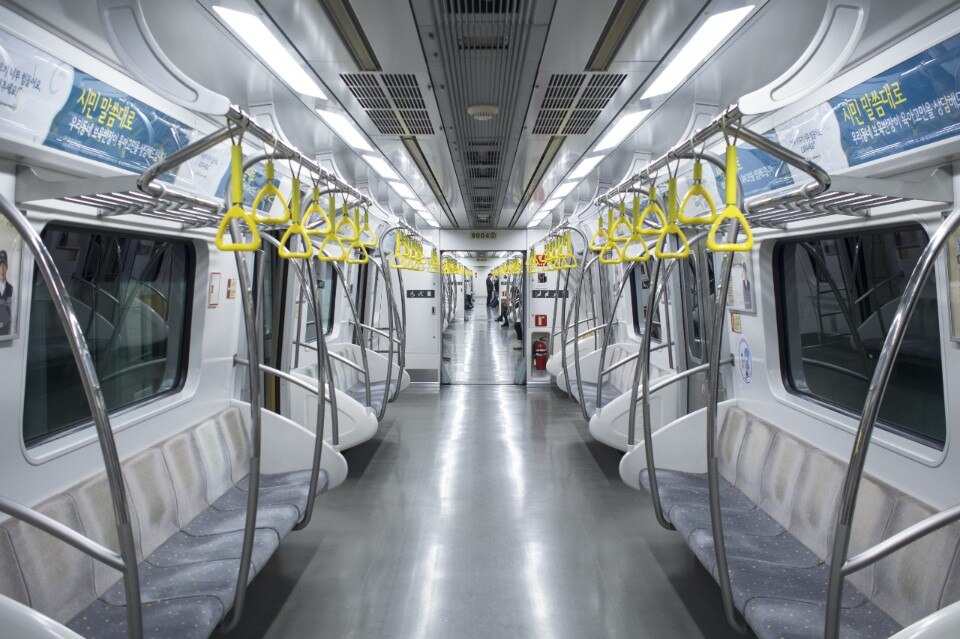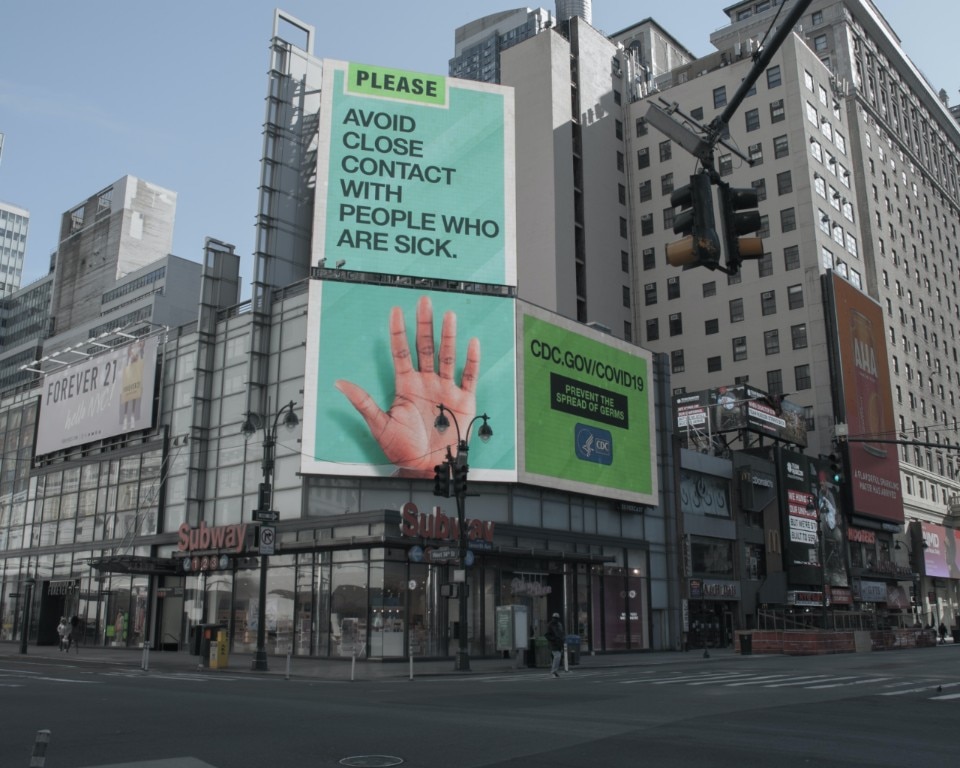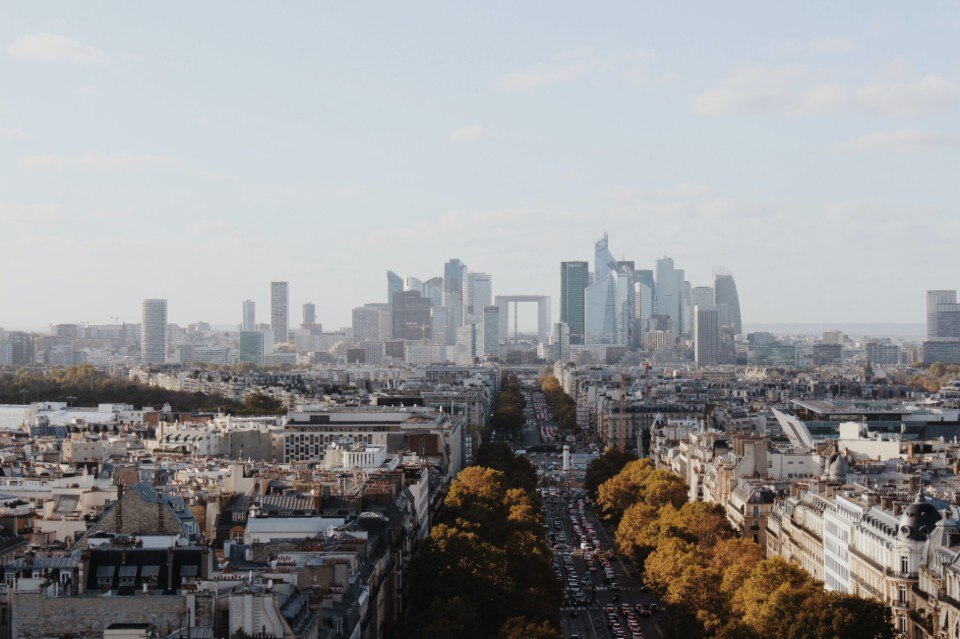The modern city would not be as we know it without epidemics, viruses and disease. Barcelona would not showcase its splendid urban grid designed by Ildefons Cerdà to reduce overcrowding and filth in the Gothic quarter. New York would be minus Central Park, conceived by Frederick Law Olmsted and Calvert Vaux as green and sanitising lungs. Even Paris – renovated by Baron Haussmann to prevent barricades – would have to relinquish its wide boulevards, devised to fill the city with clean air.
It is no coincidence that the redevelopment of the 19th and 20th centuries was driven by engineers, technicians, liberals and masons. Obscurantism, nationalism and social injustice were the enemies of a trust in science and a cooperative approach among cities. As history eternally repeats itself, we now ask: what kind of post-coronavirus city do we want?
Just a couple of months ago the reply would have been sustainable; in short, protecting the environment, reducing social inequality and giving everyone access to a civil society.
The fight against climate change should be intensified and many studies show a direct link between atmospheric pollution and contagion. There is however a risk that things will go differently. Think of public transport that the virus makes difficult to use and drives the switch to private transport.

However, the social experiment we have engaged in over the last two months – working from home thanks to the Internet – will be further encouraged and upgraded to reduce flows, traffic and smog. Not blissful degrowth but common sense and responsible conduct. Indeed, in Paris as in Milan, we are already pondering the “15 minute city” where everything can be reached on foot.
Something similar is occurring for waste. Indeed, the “5R” strategy developed by the EU starts with reducing (as well as reusing, recycling, refusing and repurposing). Producing less waste and consuming with greater awareness avoids wastage. This takes us on to social inequality as not everyone can engage in smart working or choose where they live.
The impact of the virus may be discriminatory as the Afro-American quarters of New Orleans devastated by Hurricane Katrina in 2005 are today the epicentre of Covid-19 although coronavirus is more “democratic” than the storm. Ignoring potential hotbeds (shantytowns, care homes and prisons) would be a serious strategic error and infection would spread quickly to affluent zones.
This is why we should trace a new map of needs and include those who are alone or who cannot use a computer, manual workers, the elderly and children among the disadvantaged categories. This should be the basis for the economic rebirth of the urban fabric: a healthy community based on relationships, neighbourliness, small shops and social life. The fascination of metropolises is fuelled by this energy and how to keep it alive in the era of social distancing is a task for several disciplines, but architects do play a crucial role.

Finally comes civic engagement. The city was formed around the agora or forum, places given over to encounters and public life but the powerful image of Pope Francis alone surrounded by Bernini’s columns, albeit on a global stage, is more reminiscent of the cell of a Greek temple or the sancta sanctorum, a holy space rather than a public space.
Diversely, however, the demonstration in Rabin Square in Tel Aviv with participants arranged two metres apart as if on an orderly chessboard shows an obstinate attempt not to forego the square as the place of mobilisation and glocal politics. It is an unavoidable challenge in anticipation of the battle for a true “digital democracy”.
As Shoshana Zuboff and Yuval Harari explain, we are faced with the radical alternative between the surveillance society and the society of smart citizens, ready and willing when it comes to fighting the virus (thanks also to apps) but rigorous when demanding their rights. From this perspective, the city of the future designed by visionary but responsible urbanists will exercise immense influence on the socio-political structure of the societies we shall live in.


